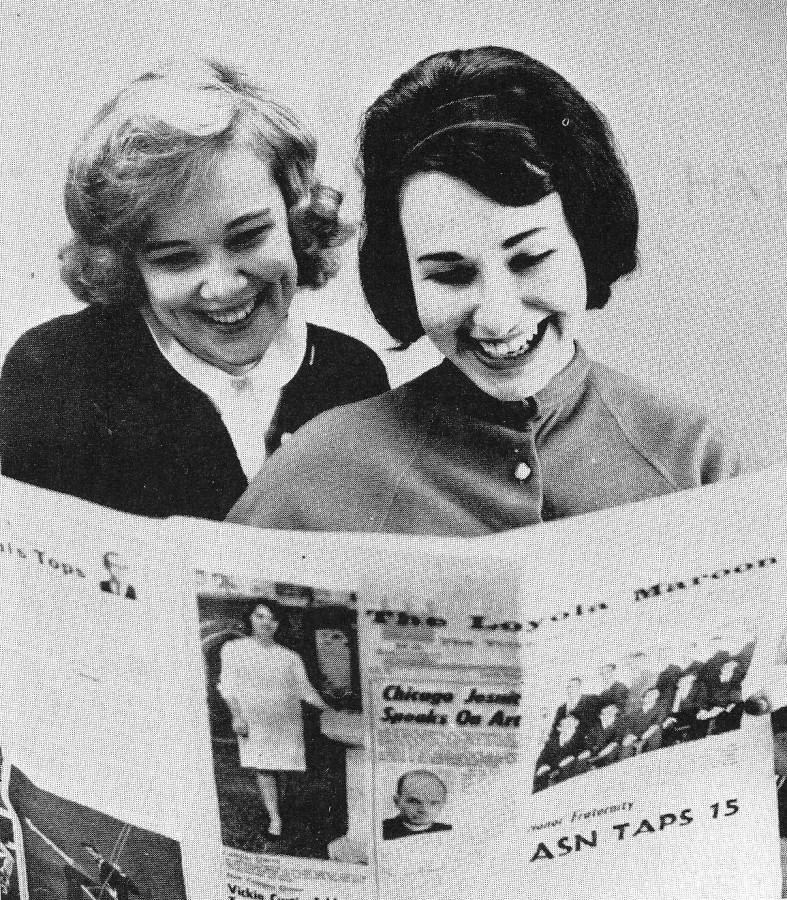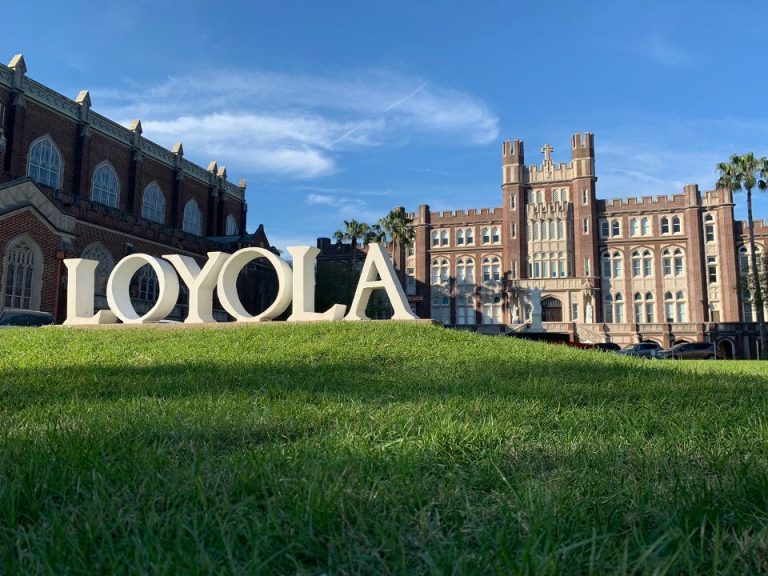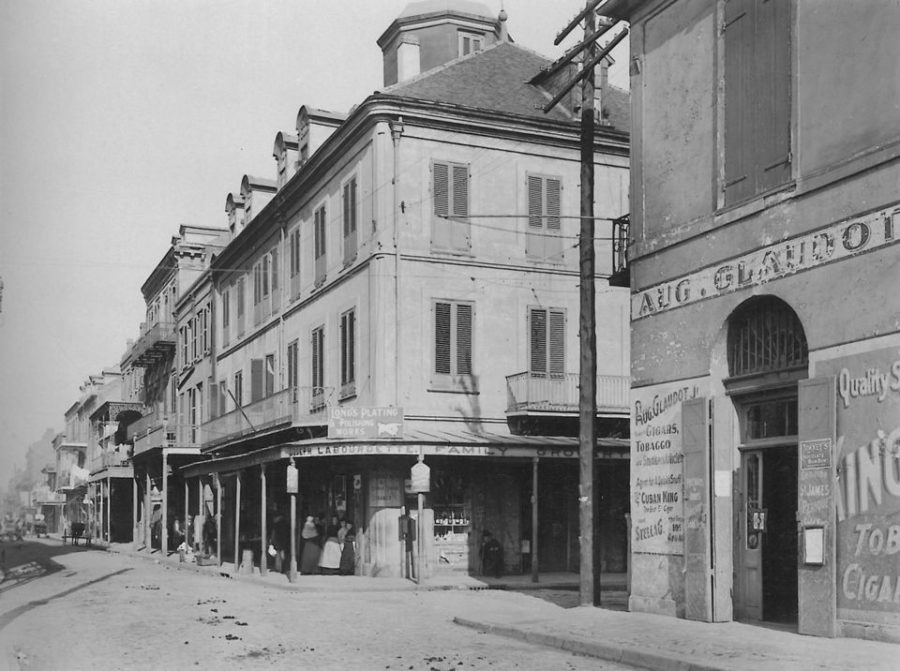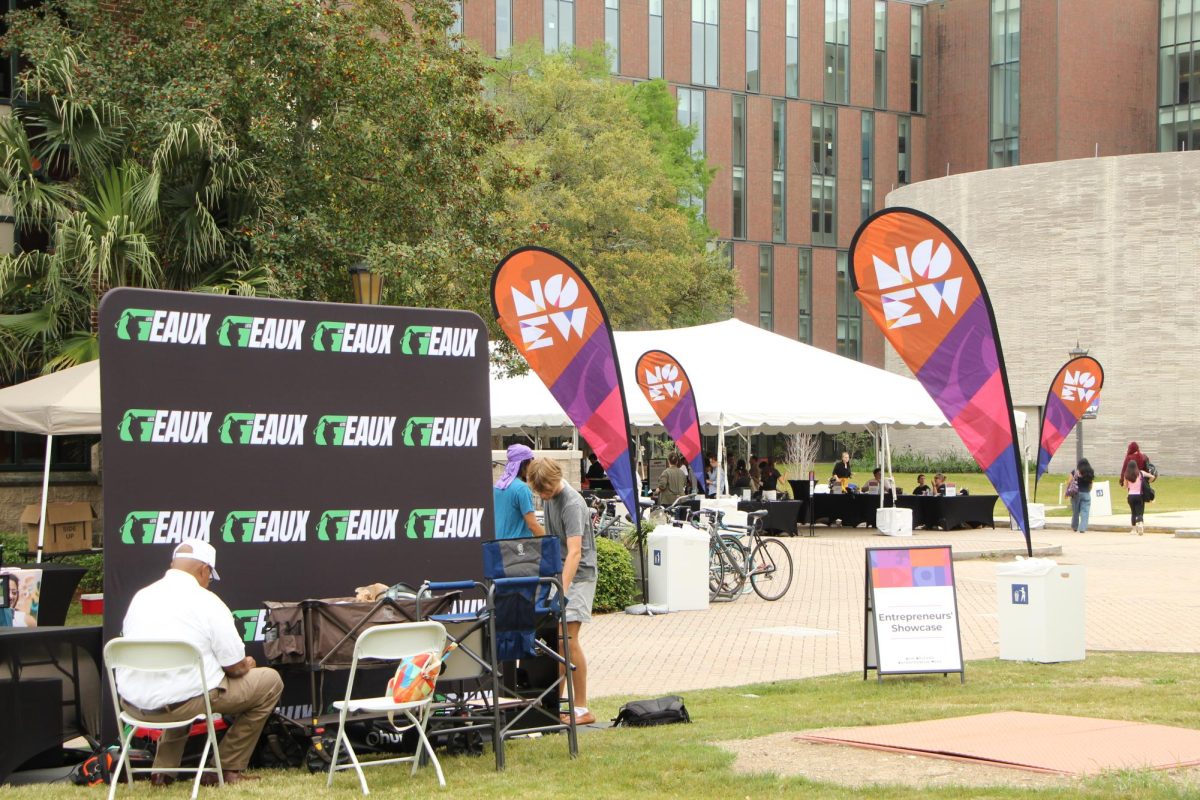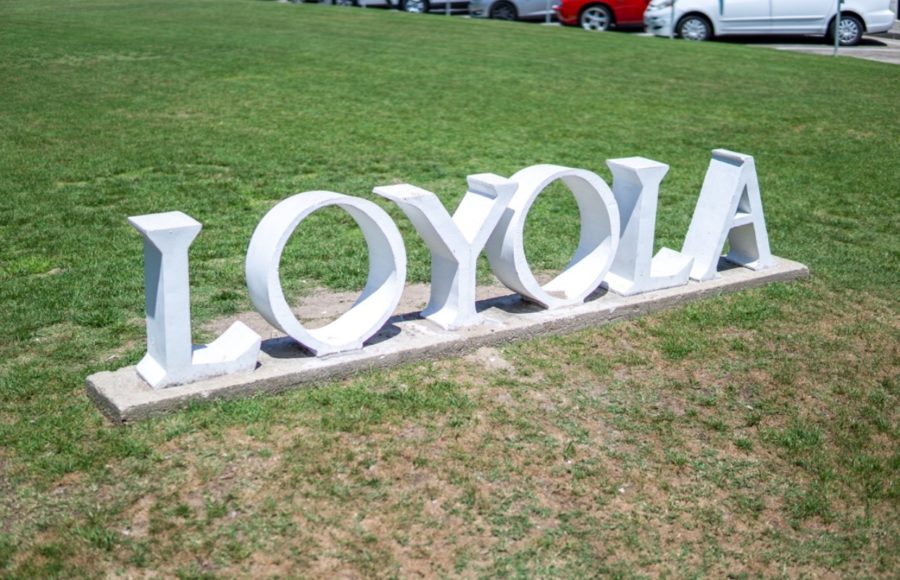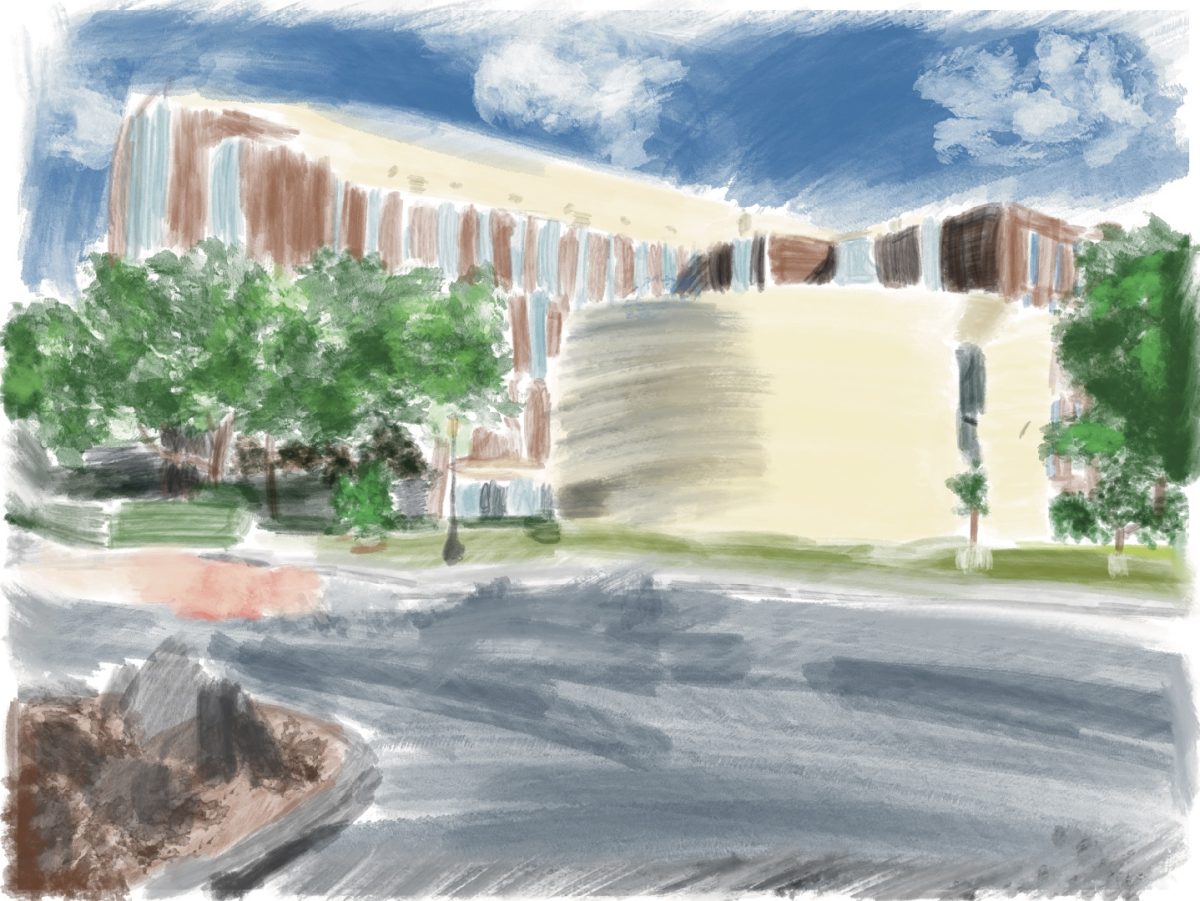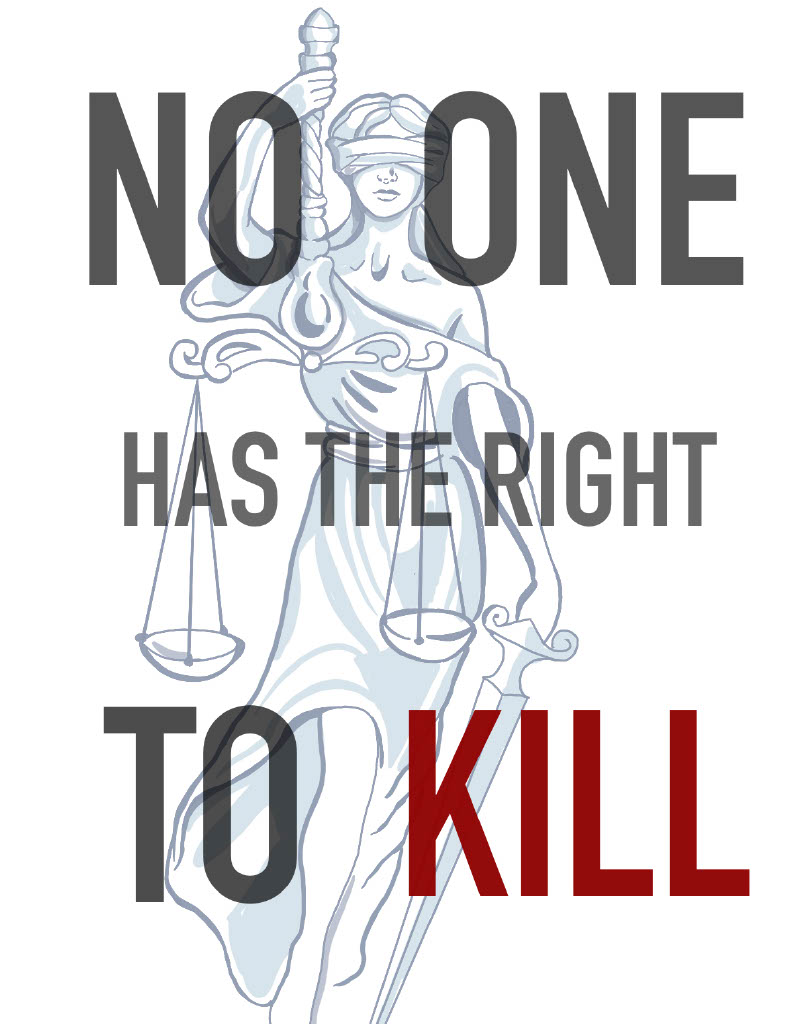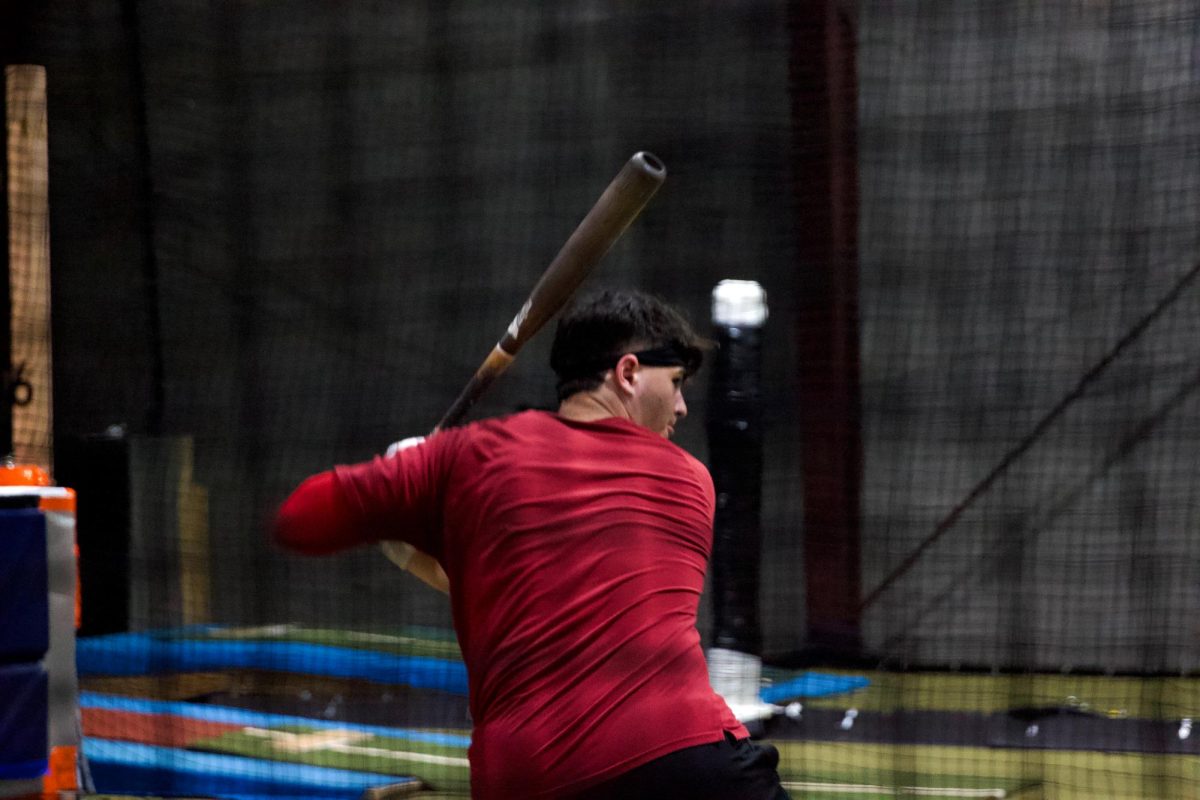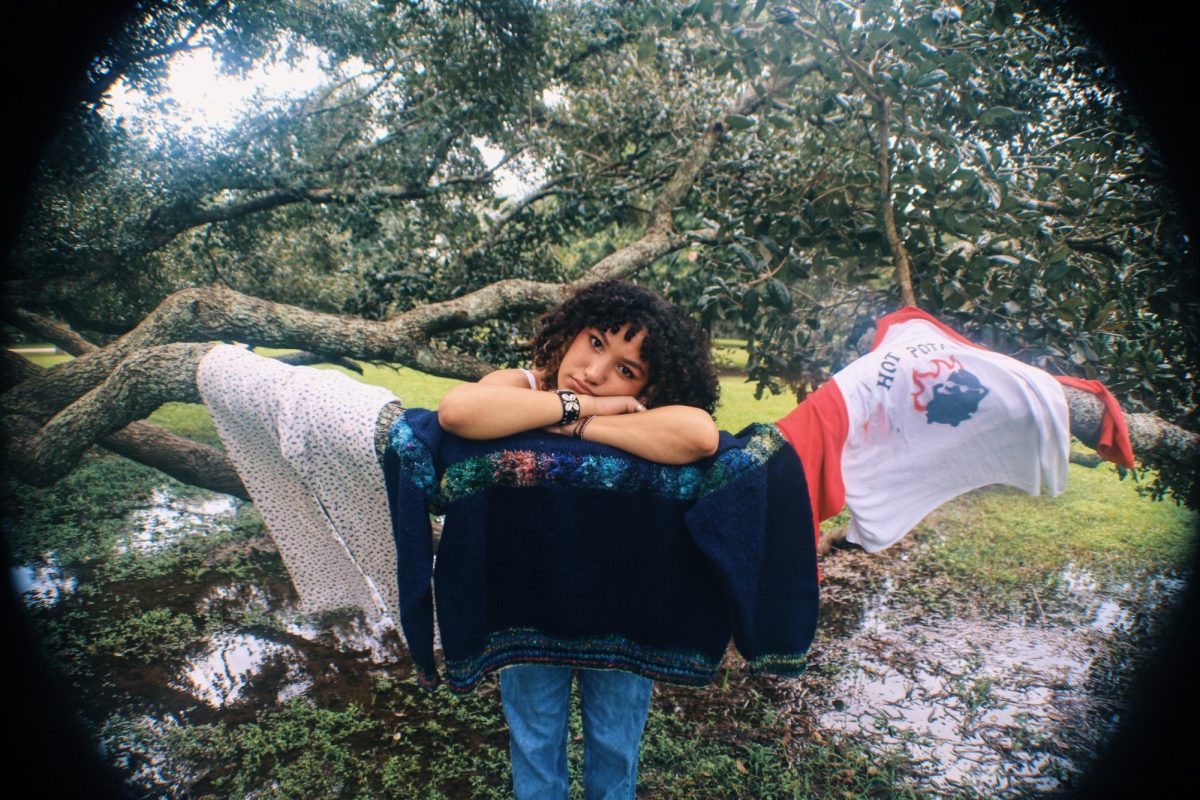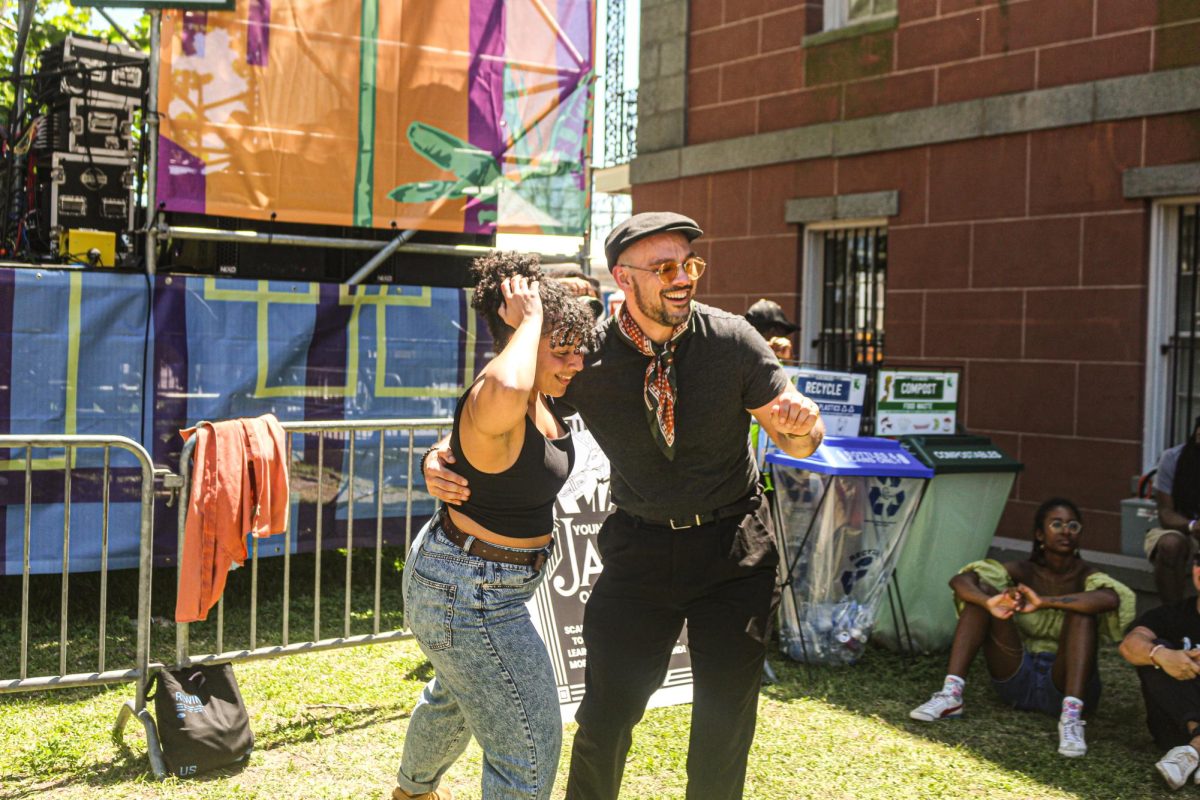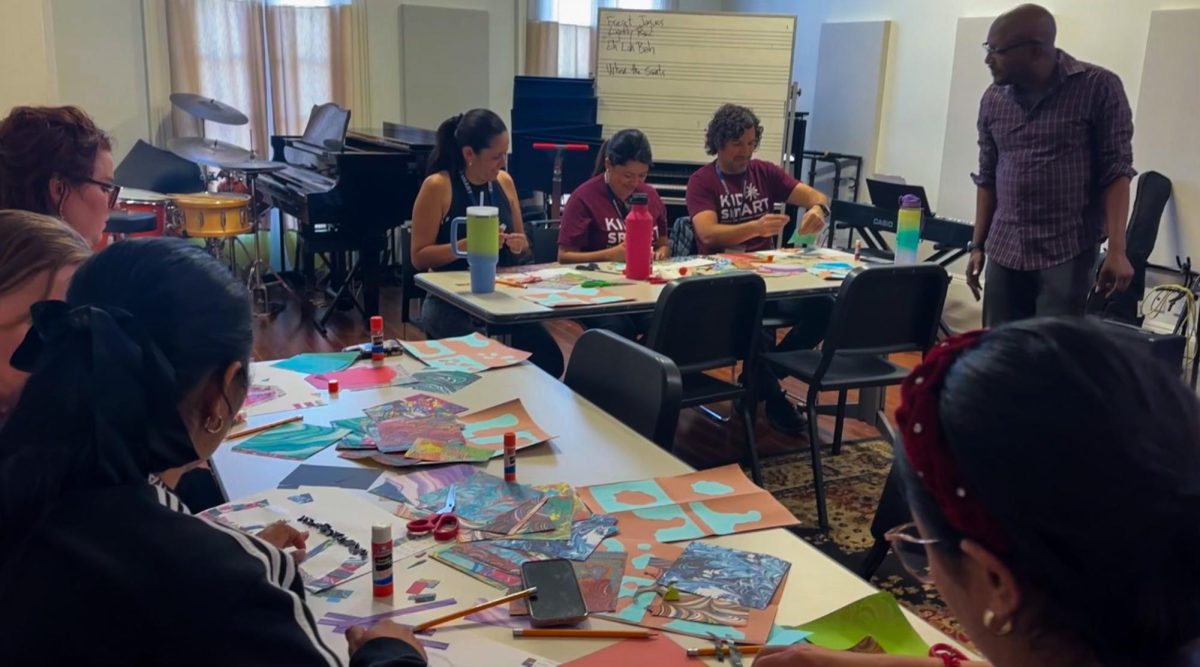I became a Marooner in 1961.
That was when newspapers still used lead type, and after a long Wednesday night editing the paper, editors would get up on Thursday morning to go to the printer’s —then Simmons Press in Gentilly — and oversee the type being pounded into page frames. We learned to read backward, so we could reach in and pull out a particular paragraph if a story ran long.
Times were changing, and we had a lot to cover. In 2012, for the university’s centennial, I recalled, “The sixties arrived late at Loyola. In 1961, we still teased our hair; we drank; we smoked cigarettes but not weed, and if we had sex we denied it.
“Roughly 75 percent of Loyola’s 3000+ students were Catholic. We regularly attended daily Mass at Holy Name Church, and regularly slunk into its confessionals after a lively weekend.
Female students were called coeds. Young men were still subject to the draft, but not while they were in school, and usually not if they were married and had a family.
“So our generation fixated on dating, exchanging high school rings, and eyeballing potential mates at fraternity parties. We were on the fast track to marriage — and babies. I would give birth to four before I was 30
“Once married, a woman disappeared behind her husband’s name. Maroon editor Kit Harger took a job with the Loyola public relations department when she graduated. She also got married. Her picture in the staff section of the 1963 yearbook was captioned ‘Mrs. Fred Lips.’ No more Kit.”
“In my second semester at Loyola, dear old Ike Eisenhower turned the country over to the heartthrob-handsome John F. Kennedy. He mesmerized us. And when he rode in an open-top convertible along St. Charles Avenue and right past Loyola May 4, 1962, we cut classes to line the street. We all applauded as he passed. Some women shrieked, and I was embarrassed for them. He wasn’t Elvis, for God’s sake.
“Six months later, I was in the office at an Underwood typewriter pounding out some gossipy story, when a Maroon staffer named Bill Murphy rushed in screaming that Kennedy had been shot. We all dropped what we were doing and huddled around the radio. It was true. The impossible had happened in America. Rosemary Ruiz, our editor, dispatched us to document Loyola’s reaction in photos. We were journalists and we had a job to do.
And then the world shifted.
“The birth control pill, which had come on the market in 1960, made its way South. And Loyola students stopped being in such a hurry to get married. Young women deflated their towering hair styles and let their hair hang long and straight; men grew unmilitary beards. Misbehaving meant getting high instead of drunk.
“But by the time all that happened, I had graduated and married.
“I read Betty Friedan’s ‘The Feminine Mystique’ in an obstetrician’s waiting room. At Loyola, I had learned, in addition to the importance of Christian marriage, to be a journalist. I had managed to become Maroon editor in my senior year. I loved it; thrived on it. Of course, I loved my babies even more. But now — thank you, Ms Friedan — I decided to go for both, and took up freelance writing in addition to motherhood and wifehood.
“I gradually worked my way to writing full-time, and noticed that my fellow female writers tended to establish their careers first, then have their families.
“But things worked out well for me, doing it the way I did, and in 1993 I came back to Loyola to teach journalism, then got to be The Maroon adviser for 12 years.”
The ‘60s were long gone, but I still had The Maroon.


